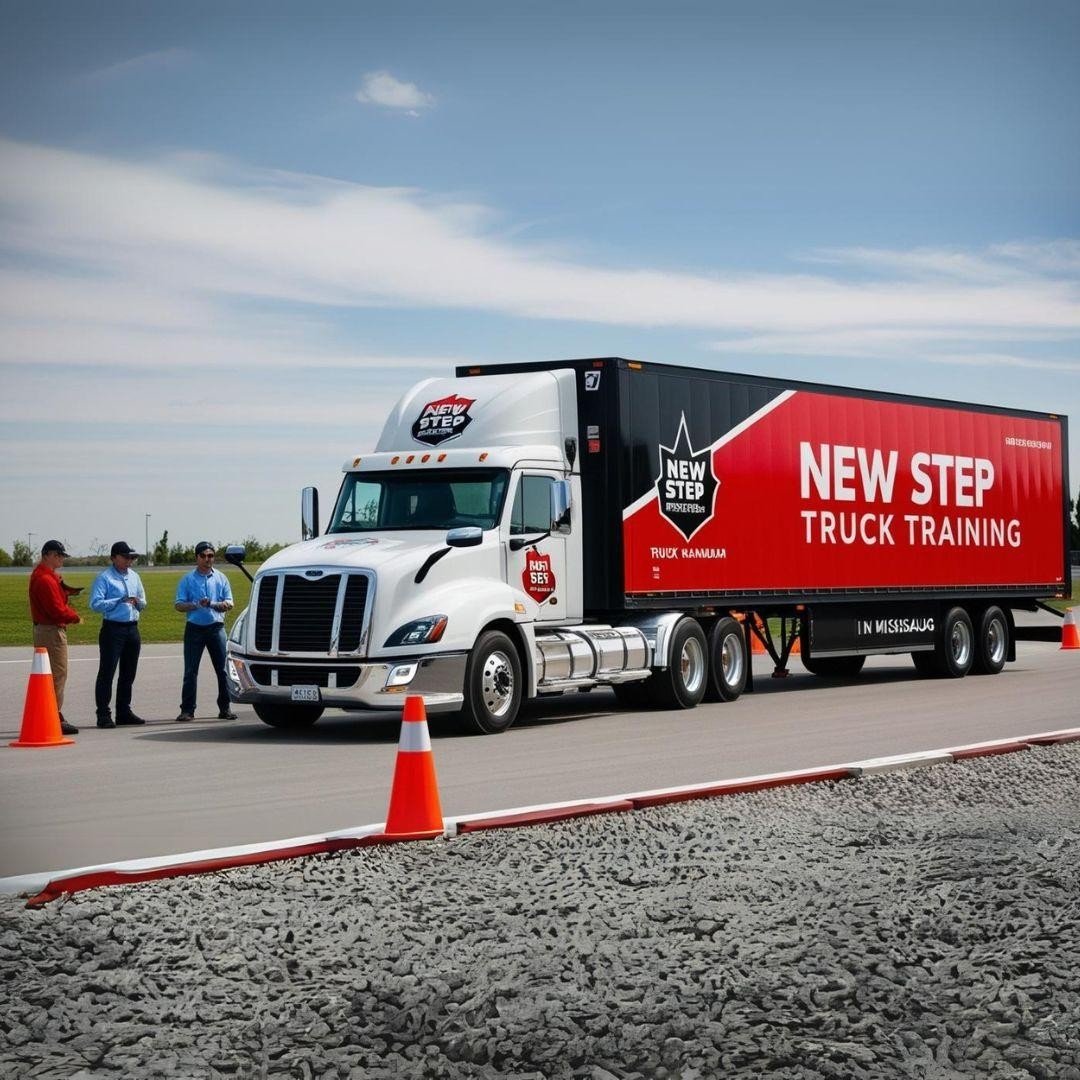A Comprehensive Guide to Truck Driving School in Canada: Get Your Ontario Class D License
The trucking industry is an integral part of Canada’s economy, offering countless opportunities for those who aspire to become commercial truck drivers. With the demand for skilled drivers on the rise, enrolling in a reputable truck driving school in Canada can be your first step toward a rewarding career. Whether you’re aiming to haul goods across the country or work locally, obtaining the right training and certifications is crucial. This blog post will guide you through what to expect from a commercial truck driver training program, how to earn your Ontario Class D license, and why investing in proper training is a smart decision.
Understanding the Role of Truck Driving Schools in Canada
When it comes to starting a career in commercial driving, a truck driving school in Canada serves as a valuable resource. These schools offer specialized training programs designed to equip new drivers with the necessary skills and knowledge to operate large commercial vehicles safely and efficiently. The curriculum typically includes both classroom instruction and hands-on driving practice, covering aspects like road safety, vehicle inspection, and basic mechanics.
Here’s why attending a truck driving school is essential:
- Expert Guidance: Experienced instructors teach best practices and industry standards, making it easier for students to pass licensing exams.
- Hands-on Experience: Driving schools provide access to commercial vehicles, allowing trainees to get comfortable behind the wheel before hitting the open road.
- Employment Assistance: Many schools offer job placement assistance, connecting graduates with employers looking for qualified drivers.
What is Commercial Truck Driver Training?
Commercial truck driver training is a specialized program designed to prepare individuals for a career in the trucking industry. This training focuses on teaching the skills needed to operate large vehicles like tractor-trailers, dump trucks, and straight trucks. A typical training course involves classroom sessions on regulations, safety protocols, and maintenance procedures, alongside practical training where students learn to maneuver and operate trucks on different terrains and weather conditions. more
Some of the key components of commercial truck driver training include:
- Defensive Driving Techniques: Training emphasizes safety, including how to navigate difficult road conditions and avoid collisions.
- Hours of Service Regulations: Understanding rules about driving time limits is essential for complying with Canadian transportation laws.
- Pre-Trip Inspections: Trainees learn how to conduct thorough vehicle inspections to ensure that their truck is safe for operation before starting a trip.
- Backing and Parking Maneuvers: Mastering these skills is crucial for safely operating a large commercial vehicle.
Choosing the right training program can make a significant difference in how prepared you feel when taking the test for your Ontario Class D license.
Obtaining an Ontario Class D License
In Ontario, drivers who wish to operate a commercial vehicle with a gross weight exceeding 11,000 kg (24,000 lbs) must obtain a Class D license. This license allows you to drive heavy trucks, including dump trucks and straight trucks. Here’s a step-by-step overview of the process:
- Meet Eligibility Requirements: To apply for a Class D license, you must be at least 18 years old, hold a valid Ontario driver’s license (Class G or higher), and have a clean driving record.
- Study for the Written Knowledge Test: The knowledge test covers rules of the road, commercial driving laws, and general road safety. It’s recommended to review the Official MTO Truck Handbook for study material.
- Enroll in a Truck Driving School: While it’s possible to learn independently, most applicants opt for a truck driving school in Canada to ensure they receive comprehensive training. This helps increase the likelihood of passing the tests on the first try.
- Pass the Road Test: The road test evaluates your ability to safely operate a commercial vehicle, including performing pre-trip inspections, driving on city roads, and executing parking maneuvers. A passing grade earns you the Ontario Class D license.
- Gain On-the-Job Experience: After earning your license, gaining real-world experience is crucial. Many new drivers start with entry-level positions, building their skills before transitioning to more specialized roles.
Benefits of Earning an Ontario Class D License
Earning your Ontario Class D license opens doors to a variety of job opportunities in the transportation industry. With this license, you can drive commercial vehicles like delivery trucks, straight trucks, and more. Here are some key benefits:
- High Demand for Drivers: Canada’s trucking industry faces a shortage of drivers, particularly in Ontario. This high demand translates to stable job opportunities and competitive salaries for licensed drivers.
- Job Flexibility: With a Class D license, you can work for different types of employers, including logistics companies, construction firms, and municipal services.
- Career Advancement Opportunities: Many commercial drivers eventually upgrade to a Class A license, allowing them to drive larger vehicles like tractor-trailers. A Class D license is a solid stepping stone for those looking to advance their careers in the trucking industry.
Choosing the Right Truck Driving School in Canada
Selecting the right truck driving school in Canada is critical to your success. Look for schools that are certified by the Ministry of Transportation (MTO) and offer a curriculum aligned with Ontario’s licensing requirements. Here are some factors to consider:
- Reputation: Research online reviews and testimonials from previous students to gauge the school’s reputation.
- Class Sizes: Smaller class sizes allow for more personalized attention from instructors, which can be beneficial during the learning process.
- Job Placement Services: Schools that offer job placement services can help you find employment quickly after graduation.
- Cost and Financial Aid: Compare tuition fees and see if the school offers any financial aid options or payment plans.
Choosing the right school ensures that you receive quality training and increases your chances of passing the licensing tests.
Conclusion
Starting a career as a commercial truck driver in Canada can be a fulfilling journey, especially with the proper training and licensing. A reputable truck driving school in Canada provides the skills and knowledge you need to obtain your Ontario Class D license, setting you on the path to a stable and lucrative career. From understanding road safety regulations to mastering the art of maneuvering large vehicles, the time and investment you put into training will pay off in the long run. With the demand for skilled drivers growing, now is the perfect time to take the wheel and steer your future toward success in the trucking industry.






